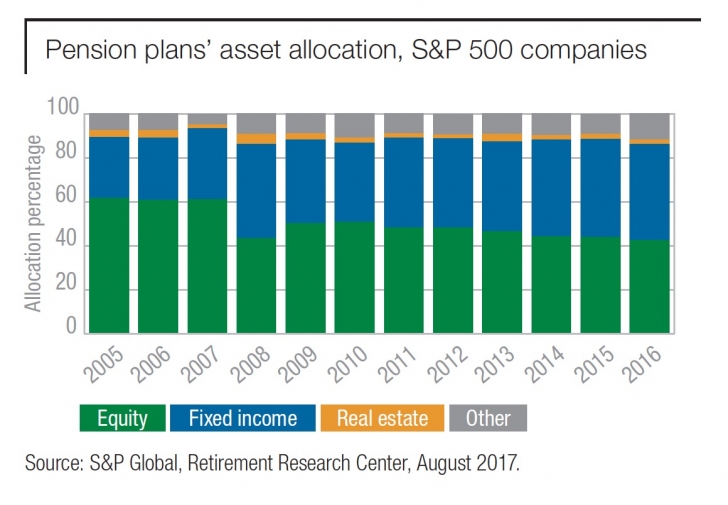An investment climate both growing and trapped
Roger Early, Global Co-Head of Fixed Income / Philadelphia
John Leonard, Global Chair of Equities / Philadelphia
Brett Lewthwaite, Global Co-Head of Fixed Income / Sydney
Over the course of 2017, many asset prices — including equities, fixed income, and real estate — continued to move higher, extending a surge facilitated by loose monetary policies adopted by central banks since the global financial crisis. To some observers, this asset-price boom makes perfect sense in light of the decades-long, low interest rate environment. To others, it’s a cause of concern and raises a host of issues, especially as asset prices disconnect from economic growth fundamentals. Conditions have begun to change, and a number of central banks have started tightening postures. What does this mean for the investment climate in 2018? Three senior Macquarie investment leaders provide insight into how the year may unfold for investors.
As 2017 ends and 2018 dawns, how would you characterize the investment climate?
Brett Lewthwaite: In 2017, we summed up the investment environment in a single word, “containment.” I’m not convinced all that much has changed. Yes, there’s been a degree of tightening, and the central banks have been running away from zero. But they haven’t gotten far. The US Federal Reserve has raised rates a few times and signaled the start of unwinding its balance sheet. Yet, when I look around the world, I see that we are pretty much where we were a year ago. Further, I feel confident that if something flares up in 2018 or 2019 that might destabilize economies, central banks would step up to contain the event.
Roger Early: I agree that the investment landscape continues to be dominated by the central banks. With respect to the Fed, we are in a tightening cycle — yet the critical issue is pinpointing where we are in the tightening cycle. The yield curve is the best predictor of that and reveals that we likely are further along than most people might think. We might well be in the latter stages of tightening.
What has been the effect of monetary policies on economies around the world?
Roger Early: For the effect on economies, the answer is not much. The liquidity provided by the central banks has not raised gross domestic product (GDP) levels significantly. It has not raised economic conditions for the middle class. It has, however, had a marked impact on the people who own assets
— the rich. And what it’s done for them is to raise their net worth considerably.

John Leonard: The stock market is a prime example of how central banks can have a profound impact. After all, what else are investors going to do with their money? Because of all the loose monetary policies, cash rates remain close to zero. The yield on 10-year Treasurys is 2.2%. High yield spreads are minimal. Investors in some overseas markets continue to stare at negative rates. And all of this is after we began to tighten. In contrast, look at the US stock market. Investors get a 2% dividend yield. Add in 1% for stock buybacks and another percentage point for modest inflation and then another point or so for GDP growth, and you’re looking at a strong argument for base-rate returns on the S&P 500® Index that approach 7% to 7.5%. At this point in time, stocks may be the best house in the worst neighborhood.
Read/Download the complete report below:
OTLK-BKLT-RET-A4 1711(2) by dpbasic on Scribd
















